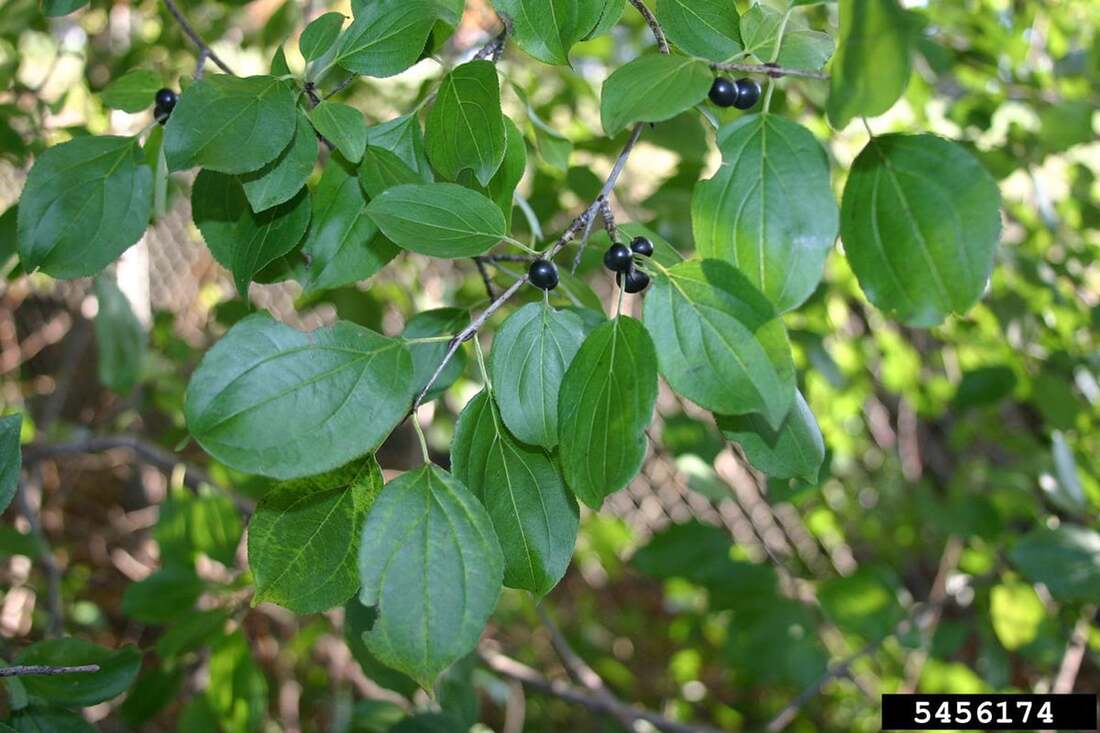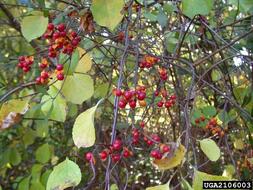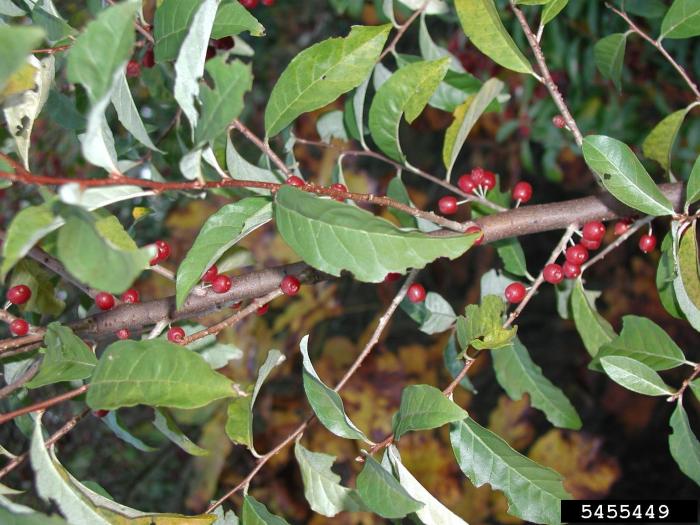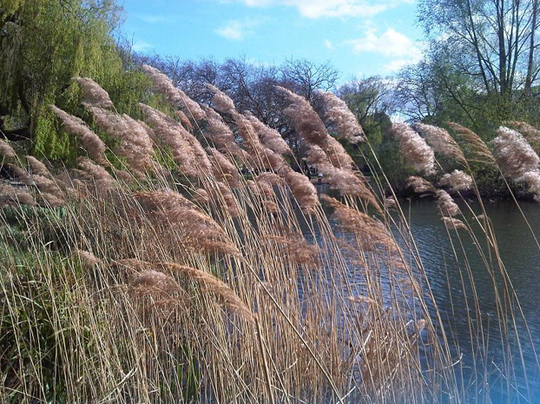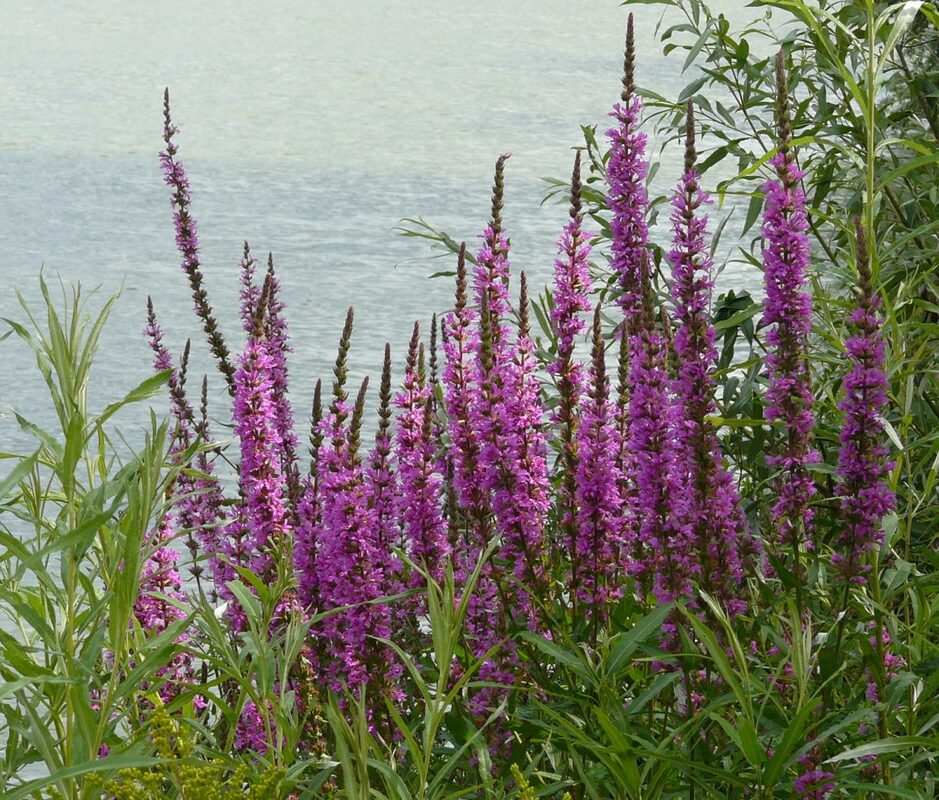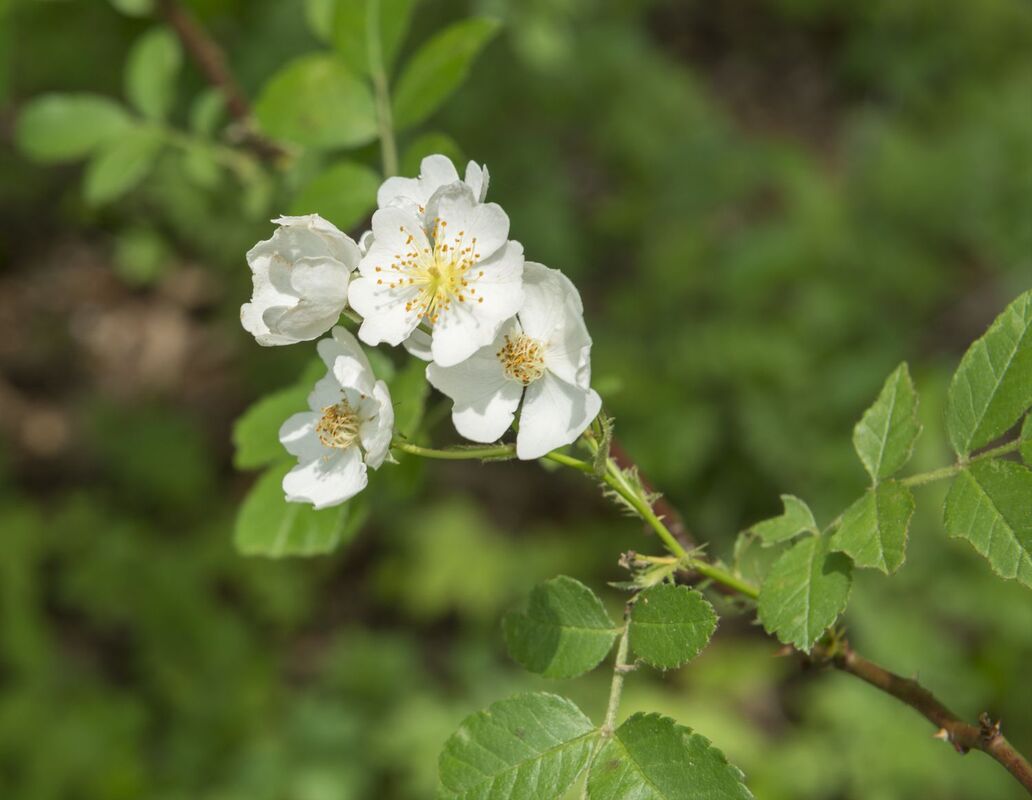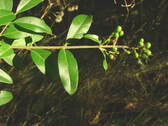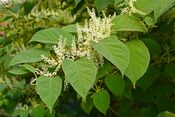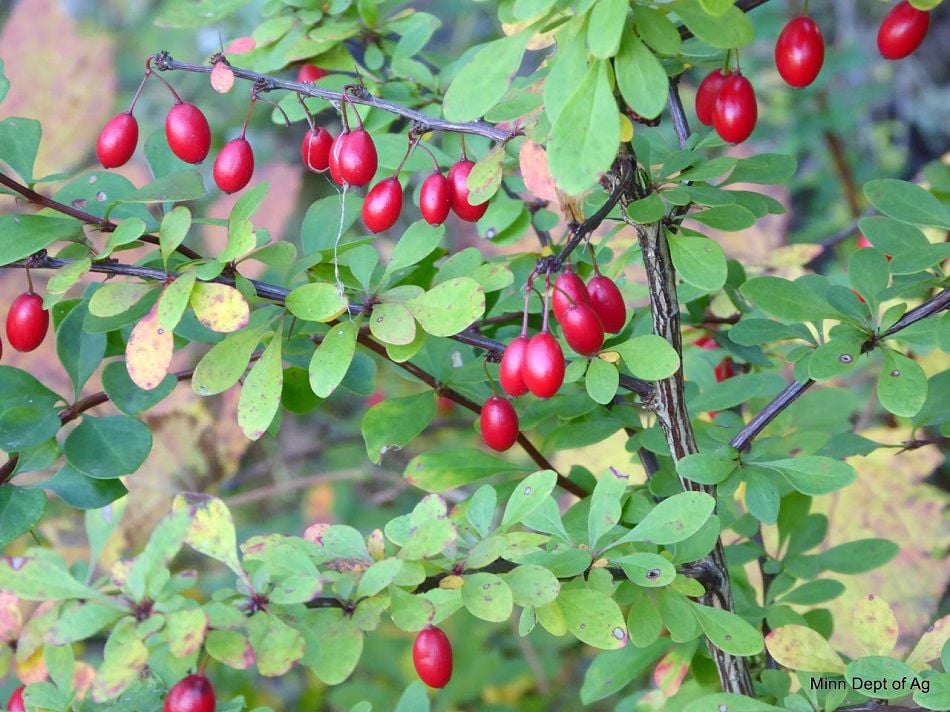Invasive species are nonnative species that disrupt the ecosystems they colonize. Invasive species often outcompete or prey upon native species. An example would be common buckthorn outcompeting native shrubs and wildflowers to create a monoculture of only buckthorn. Or emerald ash borer preying upon native ash trees.
For a species to be considered invasive it must be nonnative to the area and cause harm to the environment, the economy, or human health. An invasive species may arrive in new areas through natural migration, but it is often introduced by the activities of other species. Human activity has a pronounced role in the distribution of invasive species, either intentionally for ornamental decoration or by accident such as zebra mussels attaching to a boat, a seed getting stuck in a boot or ORV tire, or eggs hitching a ride in a shipping crate.
These intruders not only threaten the biodiversity of the Great Lakes and inland waterways but also have economic repercussions, affecting industries such as agriculture, forestry, hunting, fishing, and tourism. Recognizing and addressing the threats posed by invasive species are crucial for the conservation of Michigan's natural environment and the well-being of our communities.
For a species to be considered invasive it must be nonnative to the area and cause harm to the environment, the economy, or human health. An invasive species may arrive in new areas through natural migration, but it is often introduced by the activities of other species. Human activity has a pronounced role in the distribution of invasive species, either intentionally for ornamental decoration or by accident such as zebra mussels attaching to a boat, a seed getting stuck in a boot or ORV tire, or eggs hitching a ride in a shipping crate.
These intruders not only threaten the biodiversity of the Great Lakes and inland waterways but also have economic repercussions, affecting industries such as agriculture, forestry, hunting, fishing, and tourism. Recognizing and addressing the threats posed by invasive species are crucial for the conservation of Michigan's natural environment and the well-being of our communities.
You can help manage invasive species!
If you spot invasive species: document the location, take some pictures, and report it to misin.msu.edu or on the MISIN app
MISIN is the Midwest Invasive Species Information Network and is a great source of information along with our
Central Michigan - Cooperative Invasive Species Management Area
Contact our local CM-CISMA coordinator, Matthew Lindauer at [email protected]
If you spot invasive species: document the location, take some pictures, and report it to misin.msu.edu or on the MISIN app
MISIN is the Midwest Invasive Species Information Network and is a great source of information along with our
Central Michigan - Cooperative Invasive Species Management Area
Contact our local CM-CISMA coordinator, Matthew Lindauer at [email protected]
Common Invasive Species in Gladwin County (not an exhaustive list, unfortunately)
|
Common Buckthorn
Rhamnus cathartica |
Oriental Bittersweet
Celastrus orbiculatus |
Autumn Olive
Elaeagnus umbellata |
|
Phragmites
Phragmites australis |
Purple Loosestrife
Lythrum salicaria |
Multiflora Rose
Rosa multiflora |
|
European Privet
Ligustrum vulgare |
Japanese Knotweed
Fallopia japonica |
Japanese Barberry
Berberis thunbergii |
